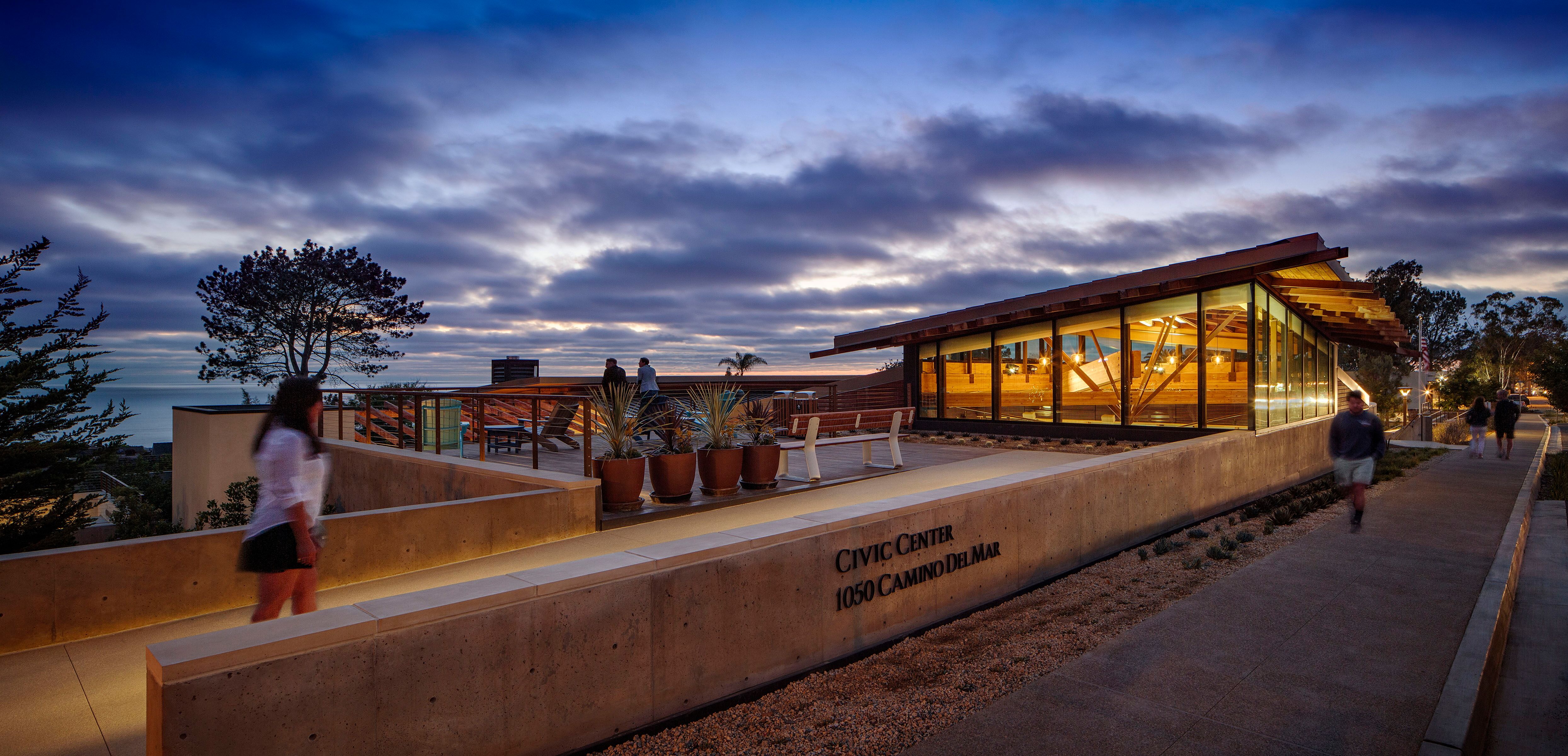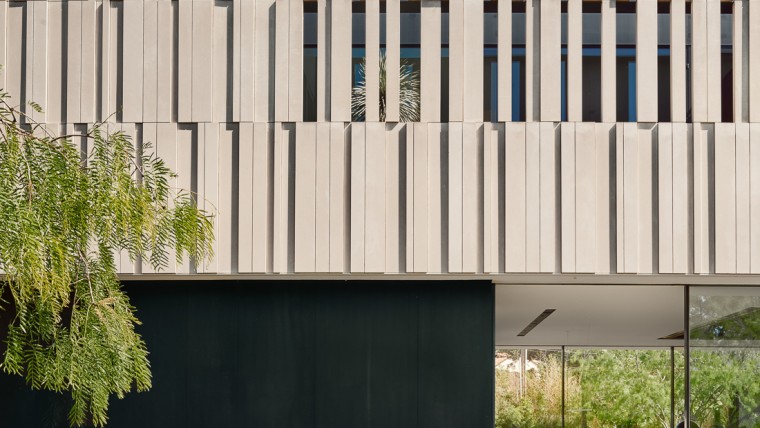There is, Brenda Scheer says, a lot going on in the College of Architecture and Planning at the University of Utah in Salt Lake City.
Since she arrived as dean in 2003, she’s put together a planning program, accredited last year. It’s the only one in the region, with the promise of becoming one of the top ten in the nation. The architecture program is expanding as well, with a growth rate of about 300 percent.
“We’re a boutique school, really,” she said of her college of about 370 graduate and undergraduate students. “We’re pretty small, relatively speaking, but we’re getting a lot more demand now.”
That translates into a need for more space – and a 21st century response. “We need to add about 15,000 to 20,000 square feet to what we have now,” she said. “And we want to renovate our building as a net-zero project, which is pretty ambitious, given its age.”
The college’s 50,000 square-foot home was designed and built in 1970 by Edwards and Daniels of Salt Lake. It won a 25-year award from the local chapter of the AIA, and is much loved and respected on campus.
But the brutalist work in concrete, brick and glass has its problems. “It’s an energy hog,” she said. “It uses about 150 percent of what a building this size should be using.”
The school’s goal for the building is to reduce its energy use by about 85 percent, and generate all required energy on site, while doing no damage to the historic building as it’s transformed.
“We want to use this building as a model for other schools with similar buildings,” Brenda said. “There are thousands of them that look and act like this across the country, and if energy prices rise, they might have to be torn down.”
Its renovation calls for arrays of photovoltaic panels located nearby, more skylights on the roof for daylighting, solar heating and evaporative cooling, as well as solar tubes to light the lower level of the three-story structure.
Work will begin in 2012 and finish in 2014. “It’s the first net-zero building of its size,” she said. “Nothing of this scale has been done yet.”
The project has been recognized by the Department of Energy as an “exemplary net zero retrofit” and selected for participation in its Commercial Building Initiative.
The school’s vision is nothing if not ambitious. “We’re trying to prove that the greenest building is already built,” Brenda said. “”We want to show that you can re-use a building like this – that you can recycle it and take it off the grid.”
For more on the University of Utah’s College of Architecture and Planning, go to http://www.arch.utah.edu/?about_us
[slideshow id=265]


